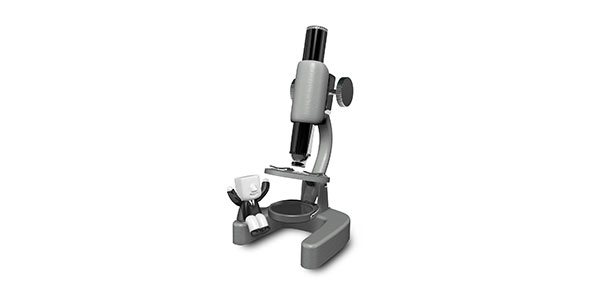Related Flashcards
Related Topics
Cards In This Set
| Front | Back |
|
unobtrusive (nonreactive) measures
|
Measures of behavior that eliminate the problem of reactivity because observations are made in such a way that the presence of the observer is not detected by those being observed.
|
|
physical traces
|
Source of evidence that is based on the remnants, fragments, and products of past behavior; used as an alternative to or in conjunction with other research methods.
|
|
Archival data
|
Source of evidence based on records or documents relating the activities of individuals, institutions, governments, and other groups; used as an alternative to or in conjunction with other research methods.
|
|
content analysis
|
Any of a variety of techniques for making inferences by objectively identifying specific characteristics of messages, usually written communications but may be any form of message; used extensively in the analysis of archival data.
|
|
selective deposit
|
Bias that results from the way physical traces are laid down and the way archival sources are produced, edited, or altered, as they are established; when present, the bias severely limits generality of research findings.
|
|
Internal validity
|
Degree to which differences in performance can be attributed unambiguously to an effect of an independent variable, as opposed to an effect of some other (uncontrolled) variable; an internally valid study is free of confounds.
|
|
selective survival
|
Bias that results from the way physical traces and archives survive over time; when present, the bias severely limits the external validity of research findings.
|
|
Independent groups design
|
Each separate group of subjects in the experiment represents a different condition as defined by the level of the independent variable.
|
|
random assignment
|
Most common technique for forming groups as part of an independent groups design; the goal is to establish equivalent groups by balancing individual differences.
|
|
random groups design
|
Most common type of independent groups design in which subjects are randomly assigned to each group such that groups are considered comparable at the start of the experiment.
|
|
Block randomization
|
The most common technique for carrying out random assignment in the random groups design; each block includes a random order of the conditions and there are as many blocks as there are subjects in each condition of the experiment.
|
|
threats to internal validity
|
Possible causes of a phenomenon that must be controlled so a clear cause-effect inference can be made.
|
|
Mechanical subject loss
|
Occurs when a subject fails to complete the experiment because of equipment failure or because of experimenter error.
|
|
selective subject loss
|
Occurs when subjects are lost differentially across the conditions of the experiment as the result of some characteristic of each subject that is related to the outcome of the study.
|
|
experimenter effects
|
Experimenters’ expectations that may lead them to treat subjects differently in different groups or to record data in a biased manner.
|








